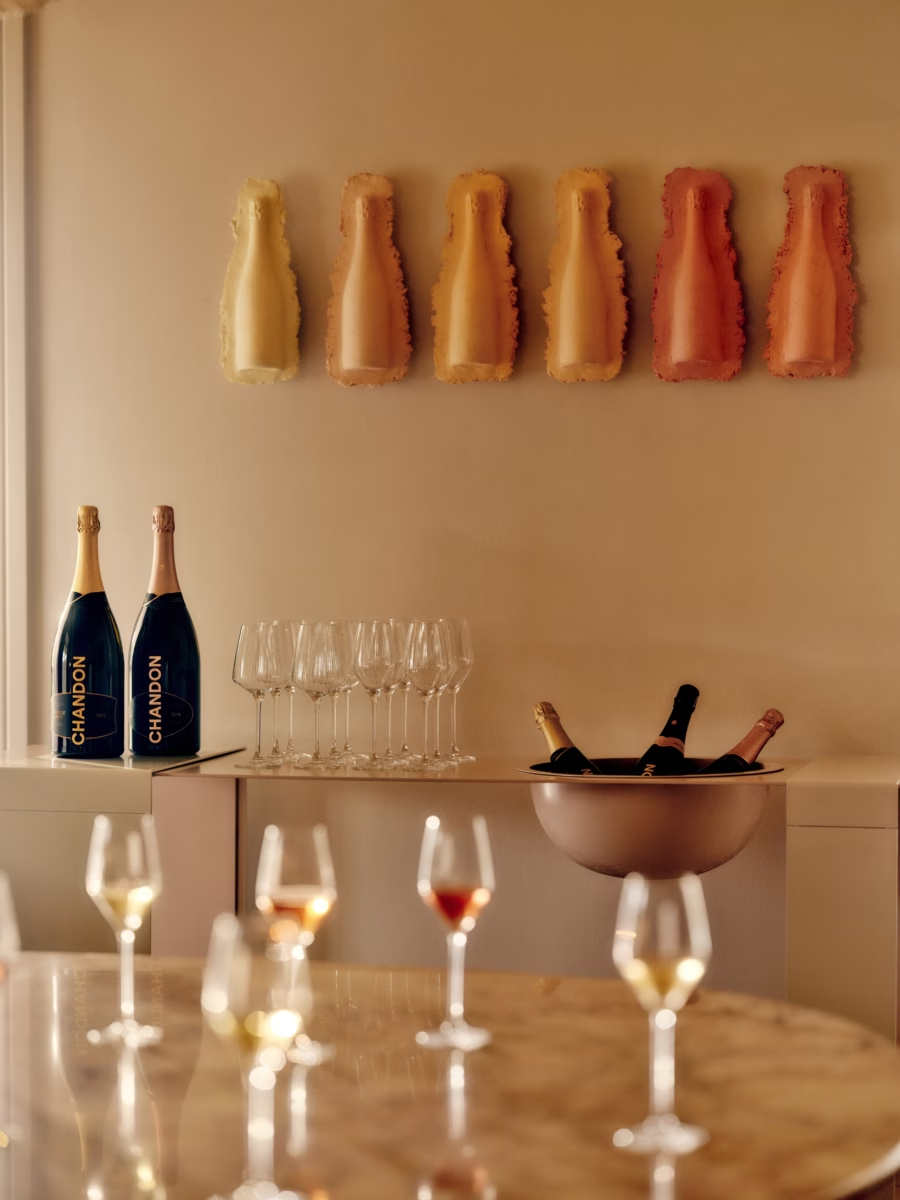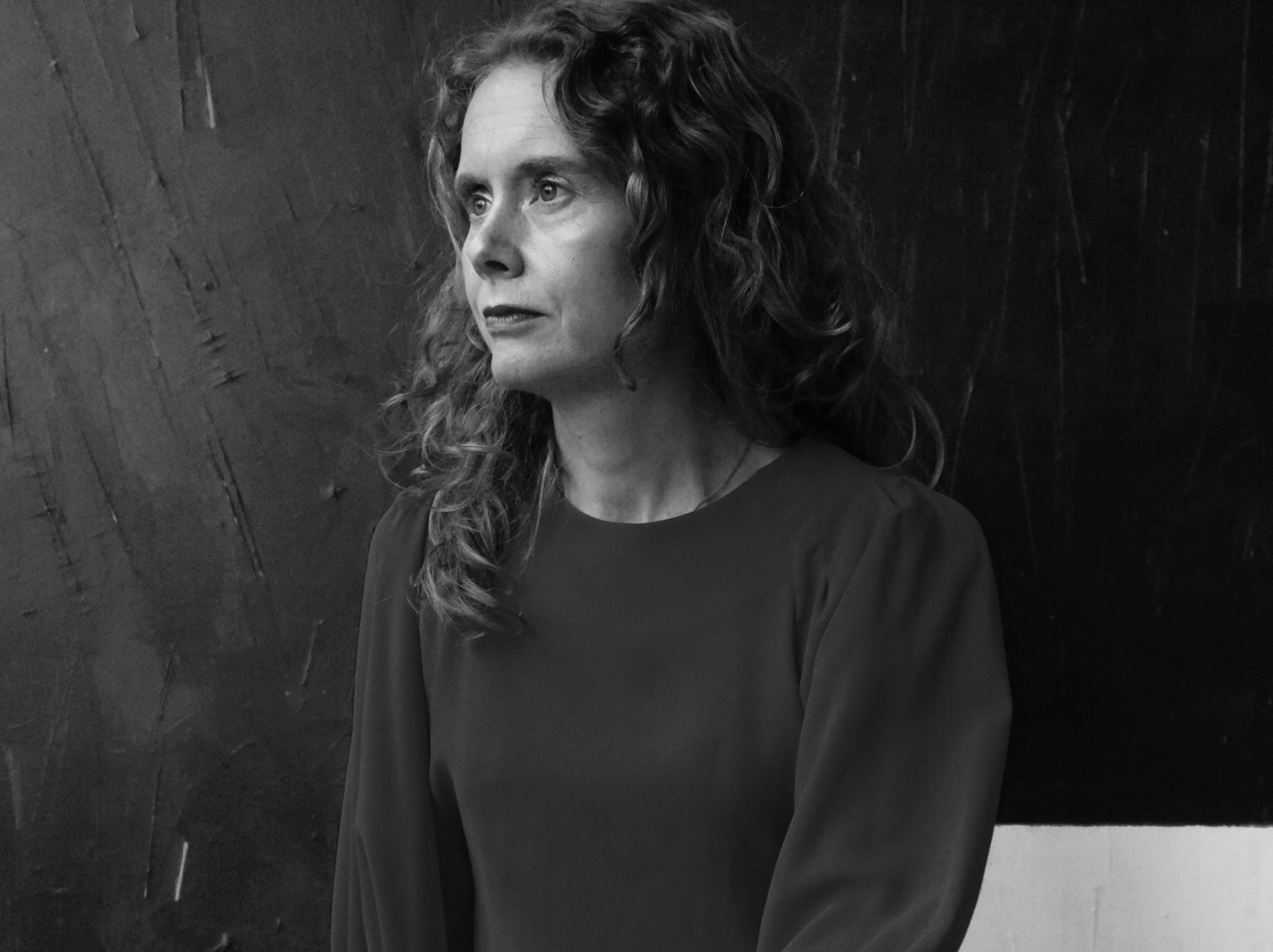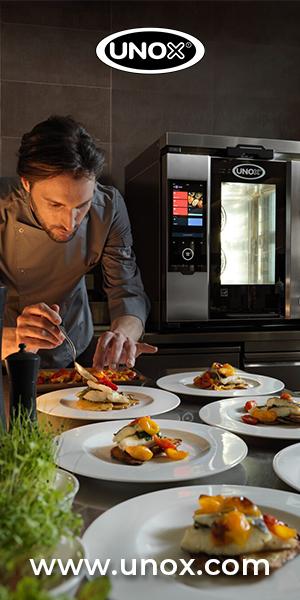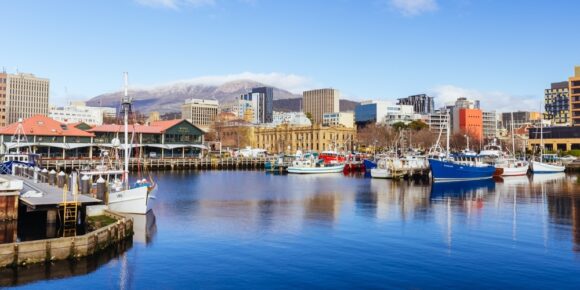Architect and interior designer Melanie Beynon designed the new entertaining space at Chandon Estate in the Yarra Valley in Victoria. She tells Restaurant Business how she works with restaurants and hospitality venues and what inspires her when creating these spaces.
When designing for restaurants or hospitality venues, where do you usually begin?
I look at the physical location of the space and its proximity to other venues. Usually, the client is very excited about a new concept, something that they may have experienced elsewhere, or there might be a particular emotion or feeling that they’re aiming for.
My work is about creating a space that heroes the food and the operator, so they can present themselves with confidence and feel like they are the hosts of the offer. It’s not about a particular style of architecture. For the hospitality projects I’ve worked on, the brief has often centred around the concept of giving guests the feeling that they are being welcomed into the hosts’ home.
How do you balance aesthetics with functionality in a space that’s meant to serve large groups, host events, and still feel intimate?
You have to consider all the aspects of a room so that you don’t create any dead space. Zoning is important – being able to define, for a client, where people arrive clearly, and how they feel when they arrive, so they don’t feel intimidated.
There needs to be an intuitive understanding of where to stand and how to behave in a given part of a restaurant, particularly in the entry. We always gravitate to those areas where we have eye contact with somebody behind a bar or a kitchen counter to get that sense of theatre. It’s also important to create a table layout where nobody feels like they’ve got the worst table in the house.
Who or what inspires you most when designing hospitality environments?
I’m drawn to authentic hospitality. I’ve been collecting dining and hospitality experiences over the last 30 years, which has taught me what I like about those experiences. I cook a lot myself, and enjoy receiving guests and planning a menu. I like spending an entire day preparing a meal to enjoy with friends or family.
The wealth of incredible experience we’ve had in Melbourne ever since the mid-90s, when restaurant and liquor laws changed and Melbourne became so dynamic, has had a huge impact on my designs for the hospitality industry.
What advice would you give a restaurateur or winemaker looking to design a space that’s not just beautiful, but tells a story?
Clients need to be really clear on their vision and communicate that to the design team. When the vision is clear and there’s the opportunity to explore it thoroughly in a concept, having a good, aesthetic brief that you can come back to when there are decisions to be made is really beneficial.
Not everyone finds visualising things easy so we do research into what is happening in Melbourne and Australia, and what is happening internationally, and use lots of creative visual tools in order to help communicate with one another exactly where they want their vision to go.

What does it mean to design a truly immersive and memorable hospitality experience, like the one at Chandon in the Yarra Valley?
A lot is going on behind the scenes to execute this simple idea of hosting with heart. It starts with the philosophy, which is layered into the interior, into the food, the menu design and the beverage offer, and then into how the experiences are curated.
There are so many subtle layers; the crockery, the cutlery, the styling, the music, the scent, and even the uniform are all considered. The best thing about designing venues is that sense that you’ve created a memory somewhere. You don’t need to take a photograph of it. It sits there in your memory bank.
Connecting our community:
Melanie Beynon Architecture & Design: https://www.melaniebeynon.com.au/
Follow them on Instagram: Melanie Beynon Architecture







